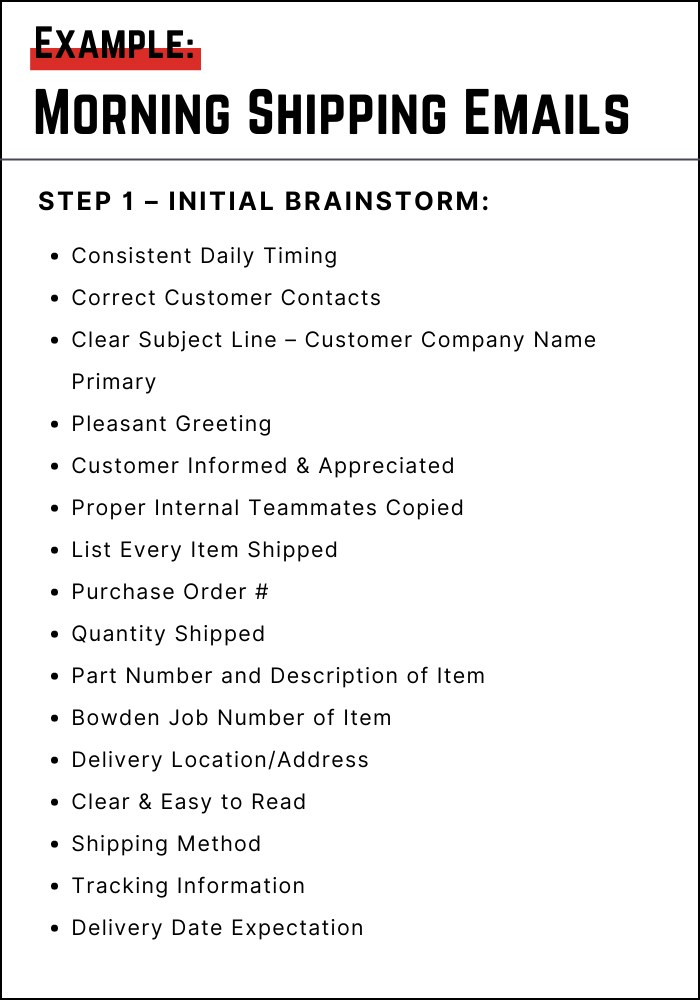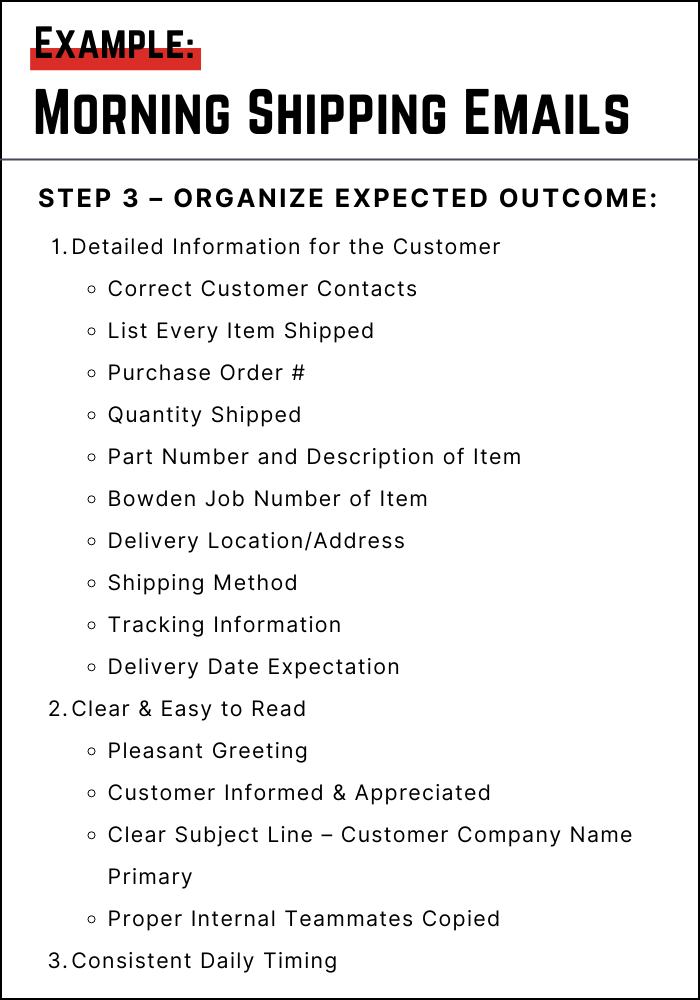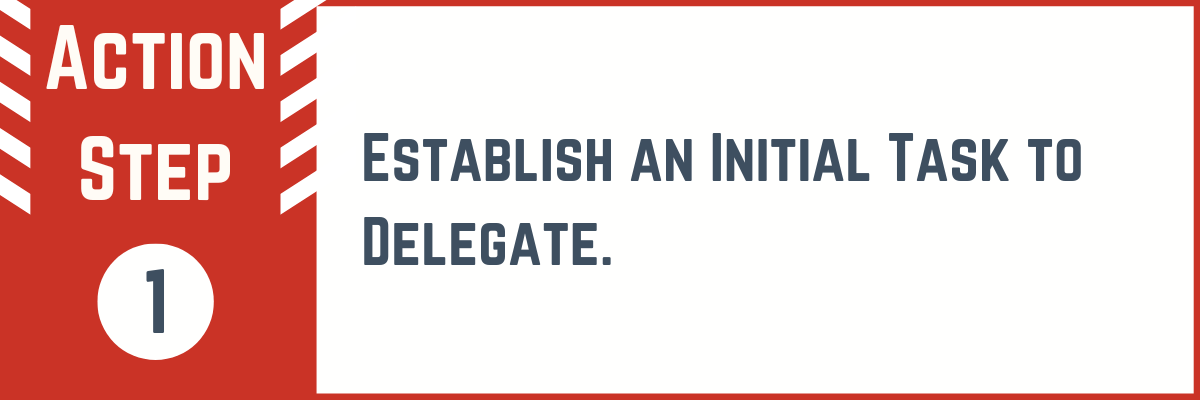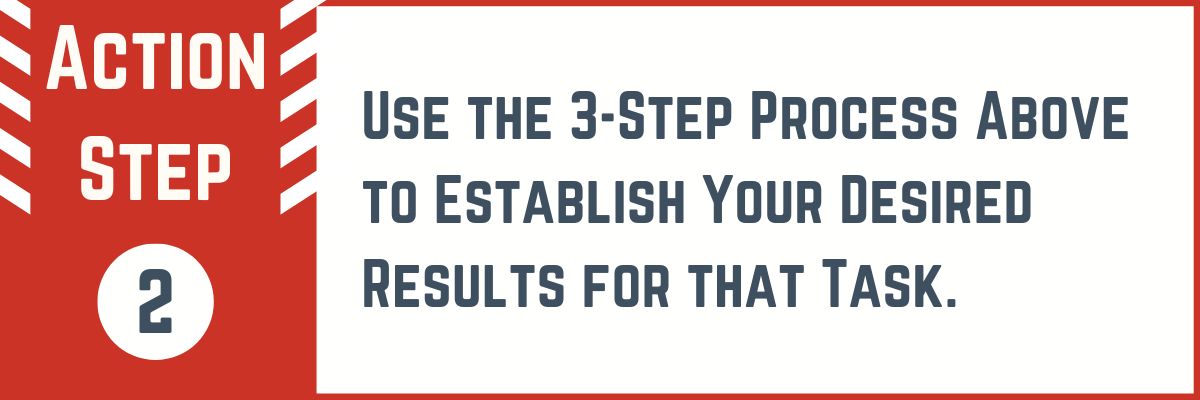How to Delegate with Confidence Series (Part 2 of 7)
If you are a Leader, you probably have too much on your plate. Does it get overwhelming? In that mode, it’s hard to think about delegating things from your list, because it will take longer to explain what needs to be done than to do it yourself. Unfortunately, that will leave you in a constant state of overwhelm or force you to work ridiculous hours every week. Delegation actually creates time for your future self, but only if you can do it thoughtfully and well.
In his landmark book, 7 Habits of Highly Effective People, Stephen Covey outlines a process for delegation that has proven to be both solid and practical to use. Employed all over the world, the successful methodology helps slow down and clarify delegating so that Win-Win situations are established as the work gets done.
In this installment of our How to Delegate with Confidence Series, we’ll discuss the first step of the framework, the Desired Results (DR). As we go through the Series, it will help to identify one of the items from the earlier two lists that you created first installment of this series:
- The things you hate to do (even though you might be great at them!) and would like to delegate but you haven’t been able to delegate yet.
- The things you aren’t great at, but you haven’t found a way to delegate them to someone on your Team (even though someone else could likely do them better!).
Take one item from either list and invest the time to use this Series to set up a solid delegation process for the item with someone on your Team. Your investment of time, even if it’s longer than it would have taken you to do it by yourself, will yield a greater return for you, as this task will be able to be successfully completed by someone else again and again.
How Well Do You Understand What You Are Delegating?
Think about the item you want to delegate. How clearly do you know the outcome you’re seeking?
Experience would suggest that you’ve completed most items on your list lots of times and it’s become so routine, that you don’t need to consciously consider what a positive outcome should be. Unfortunately, this process will force you to re-engage your brain to look at the task with a fresh set of eyes and assume that the person you’re delegating to has no idea what the intended outcome should be. If we assume they already know and thus don’t establish it clearly, we could start a delegation headed down a frustrating road.
Desired Results (DR) – Step 1. Initial Brainstorm
Take a few minutes and list the Desired Results for the task as completely as possible. Quick notes or a bulleted list are fine at this point, just get as much information down as possible. What’s the outcome and how can you describe it vividly for someone else, as if you were reflecting on how things will be when the task is completed? The clearer you communicate, the more likely the outcome will be met.

Here are some items to review in your brainstorming descriptions for the Desired Results:
The Obvious – Is the result described completely? Would someone completely unfamiliar with the task understand your description? If not, provide more detail.
Separate Outcome from Process – Have you limited the way the task can be completed through the way you described the outcome? If so, reconsider your description. Resist including method-related aspects into the Desired Results as much as possible. Focus only on the outcome as if you had no idea how it was done.
The Emotional State of the Participants – Did you include how everyone will feel when the task is completed? What emotions are you intending to be present when it’s done?
Desired Results (DR) – Step 2. Group for Clarity into 3 Aspects
Next, take the list and identify the 3 most important aspects of success for the task. Group things from the list you just created, so that it gets narrowed down to the 3 biggest items or aspects of the task. Why 3 groups? Because any more than 3 can be overwhelming to remember and act on. It also helps to organize your thoughts for clarity since you’ll be communicating with people less familiar with the task.

Desired Results (DR) – Step 3. Organized Details within 3 Biggest Aspects/Groups
After determining the 3 biggest aspects/groups, you can fill in the details within each and look for outliers. This organizational process will help clarify your thinking, especially important as you’ll be conveying considerable information on the task to the person you’re delegating to and the clearer your description, the better they’ll be able to process the ideas.
Going through this process, you’ll discover that describing the things you do is more complicated than you thought. Although it may require more thought than you’d like, know that the hard work of clearly defining the outcome will pay off in the quality of your delegation.

With the details grouped into the three most important aspects/groups, your opportunity to communicate clearly will dramatically improve. Rather than adding random details along the way, you’ll be providing them a clear understanding of the expected outcome.
Desired Results (DR) – Final Thoughts
Clearly establishing the outcomes is the first step in Delegating with Confidence. Your clarity of thought by going through this process of organizing the expectations will be appreciated by the person you are delegating the task to and will dramatically increase the opportunity for success.
Here are your two Action Steps from this section:



